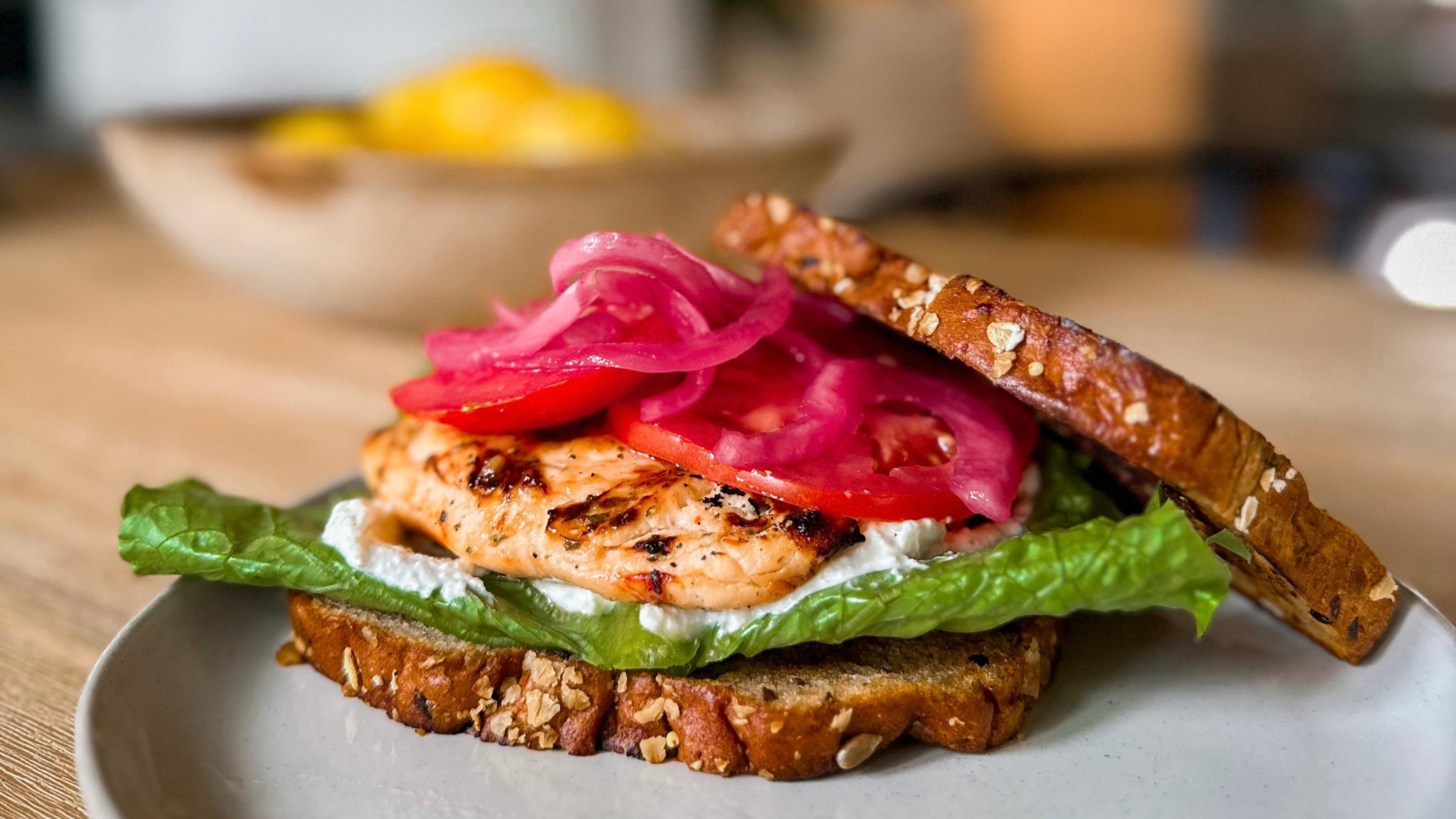Good fats and bad fats: What’s the difference?

Kristin Coppens
| 3 min read

The debate and education over dietary fats is one that may always have a slight image problem. However, understanding the benefits, risks, and primarily, the difference between good fats and bad fats can help to ease the fear surrounding adding or subtracting fats from an every day diet. For dietary fats especially, the common denominator continues to be ‘everything in moderation.’ In general, fat holds 9 calories per gram.
The notion that a diet should be free of fat is no longer a valuable mantra in that a good portion of our necessary vitamins are actually fat-soluble. This means that Vitamins A, D, E, and K, for example, must bind to fat in order for the body to absorb them. If said vitamins don’t have any fats to bind with, their nutrients are lost as they will not be properly absorbed.
A key piece of understanding the difference between what are considered to be good and bad fats is to remember that fat itself is all about the source it comes from. If you’re eating donuts and fried foods then you’re obviously consuming the bad fats with little to no nutritional value for your body. However, integrating some of the good fats, like nuts, avocados and olive oil, helps to balance your diet and bind essential vitamins and minerals.
More importantly, a diet balanced in healthy fats is an essential part of losing weight because fats and proteins are proven to leave you feeling satiated and much less likely to snack or binge later. An easy way to accomplish this is to spread your dietary fats intake over the course of an entire day, i.e. nut butter on toast in the morning, olive oil as your salad dressing at lunch or guacamole with veggies for a snack.
So what does this mean for your body? We know the obvious weight gain and cholesterol impact that bad fats can have on your body and overall health. Nevertheless, SHAPE Magazine explains the area of your body that proves the most dangerous for excess fat. Contrary to popular belief, fat that is closer to the skin, like saddlebags or that little bit you can pinch around your waist, is not as detrimental to your health as abdominal fat that settles around your liver and other abdominal organs. In other words, what really matters with regards to fat is location.
When you’re walking through the grocery store, nutrition labels can be intimidating. Remembering a few keys points regarding what to steer clear of with dietary fats can help quickly decipher certain items from others. The number one ingredient to avoid is man-made trans-fat. Still found in many processed foods, these fats have been chemically altered and also raise your bad cholesterol (LDL). If you’re unsure of the trans-fat content in a particular item, a good constant is to avoid hydrogenated or partially hydrogenated oils.
There are always a number of factors associated with weight gain: lifestyle, diet, genetics and age for example. Nonetheless, saying goodbye to extra fat consistently means visiting the gym on a regular basis, controlling your stress levels, and eating a nutritious and balanced diet full of fruits, vegetables, and whole grains.
What are your favorite ways to substitute bad fats from your diet?
Photo credit: Digital Vision





